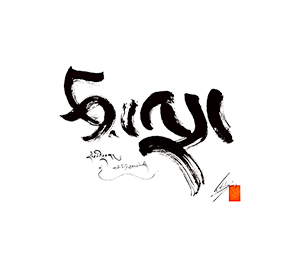Theory, Practice, and Ultimate Reality in the Thought of Mipham Rinpoche
< Books
Abstract
This thesis explores the thought of one of Tibet's preeminent scholars, 'Jam mgon 'Ju Mi pham rnam rgyal (1846-1912), focusing on one of his most important texts, the Precious Lamp of Certainty. The critical philosophical traditions of Indo-Tibetan Buddhist scholasticism inculcate a developmental or gradualist interpretation of the path towards enlightenment based on philosophical study and critical reasoning. The Precious Lamp of Certainty uses critical philosophical methods to establish the viability of the Great Perfection (rdzogs chen), a philosophical and meditative oriented towards subitism or sudden enlightenment.
| Citation | Pettit, John W. "Theory, Practice, and Ultimate Reality in the Thought of Mipham Rinpoche." PhD diss., Columbia University, 1998. |
|---|---|

